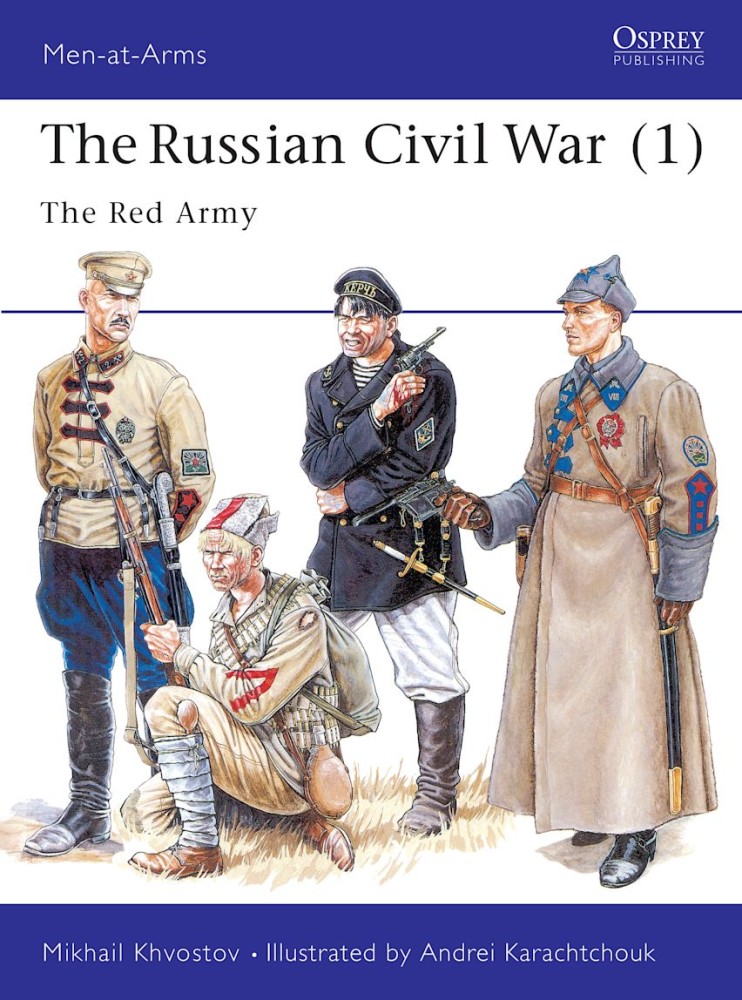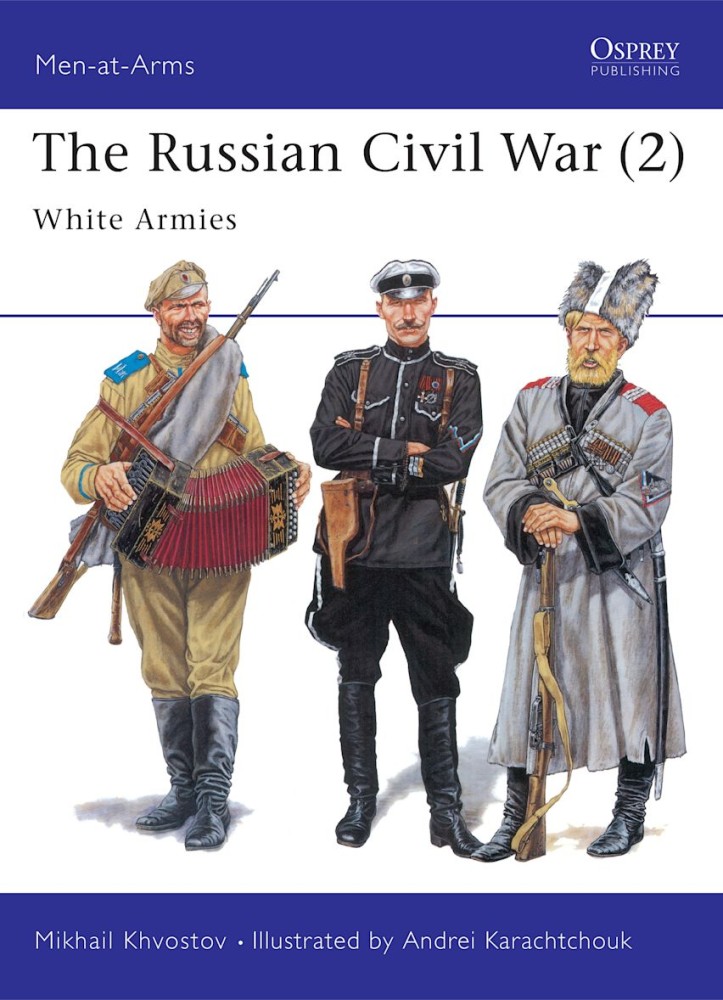32 Pounder Naval Casement Parapet 1840’s Cannon for 28mm American Civil War Fort.
You are buying a detailed resin printed basic kit to build a Naval Cannon. Some assembly required, strongly recommend super glue.
The main instrument with which the Bolsheviks imposed communism on Russia was the Red Army. Traditionally the origins of this army were among the factory workers who laid down their tools and took up arms as a way of expressing their grievances. Already formed by the time of the revolutions of 1905 and February 1917, these militant workers organised themselves into parliamentary detachments known as the krasnogvardeytsi, or 'Red Guards'. In this first of two volumes [see Men-at-Arms 305: White Armies] focusing on the Russian Civil War, Mikhail Khvostov examines the Red Army's organisation, weaponry, uniforms and insignia.
Soon after the 1917 February revolution, and the abdication of Tsar Nicholas II, the White cause began to emerge and oppose the Bolsheviks. There was, however, no single, united White Army to fight the Red Army and the forces available to the Whites represented a spectrum of political factions including monarchist military organisations and social-democrats. Many of the Cossack hosts also sided with the Whites, seeing it as an opportunity to create their own independent states; others remained neutral or hostile to both sides. This fascinating text by Mikhail Khvostov examines the colourful uniforms and the equipment of the White armies of the Russian Civil War.



